The new SIGMA 28-105mm F2.8 DG DN | Art lens has arrived, and this blog will give you my real, hands-on opinion about this lens based on actual use in the field.

If you are familiar with my work, you may know that the SIGMA 24-105 F4 DG OS HSM | Art lens has been my “go to” workhorse lens for over a decade. So when SIGMA contacted me to try out the new 28-105mm F2.8 DG DN | Art for Sony E-mount and L-Mount (I used the L-Mount version), I couldn’t say no, even though I was on vacation in Oregon.
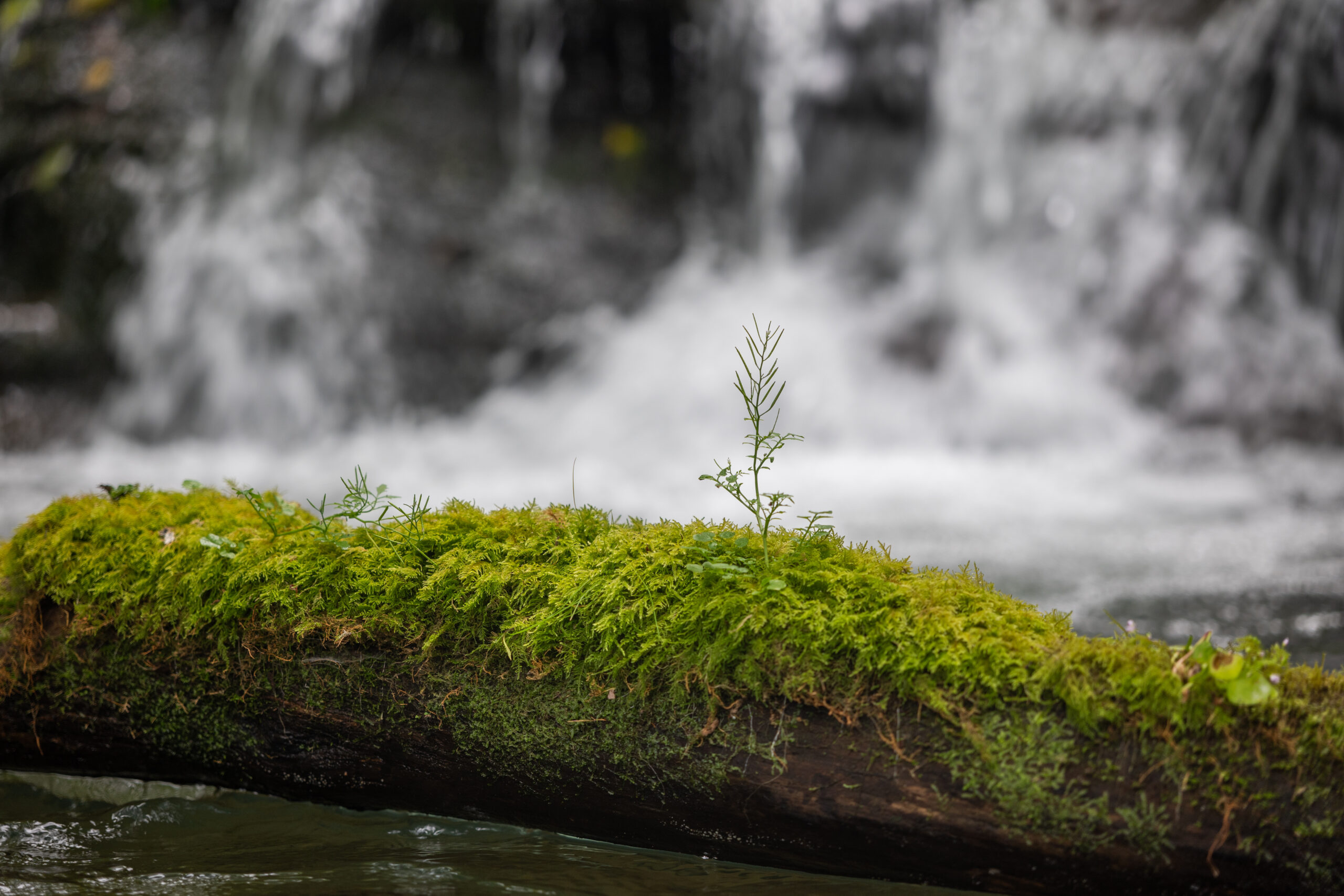
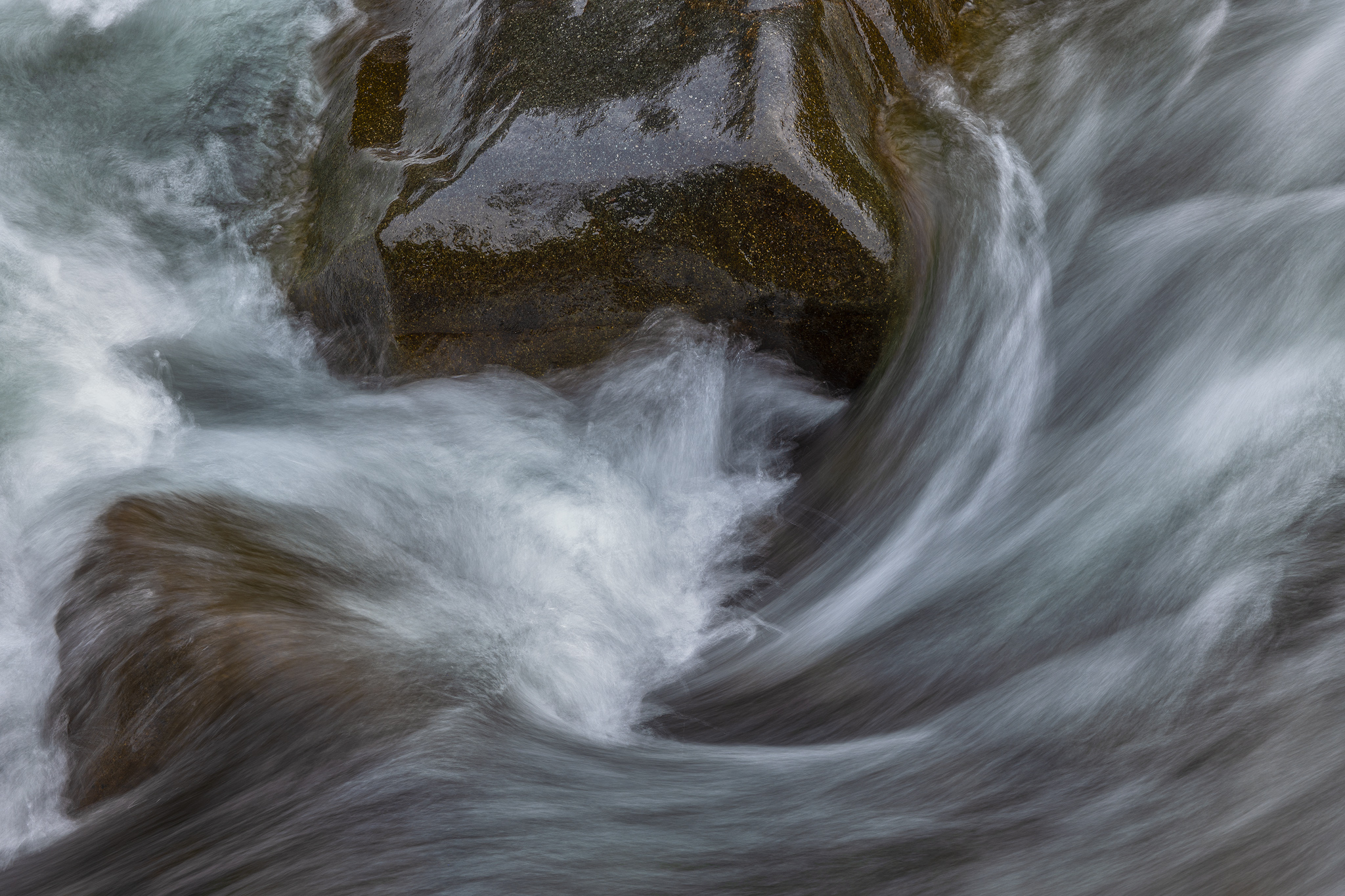
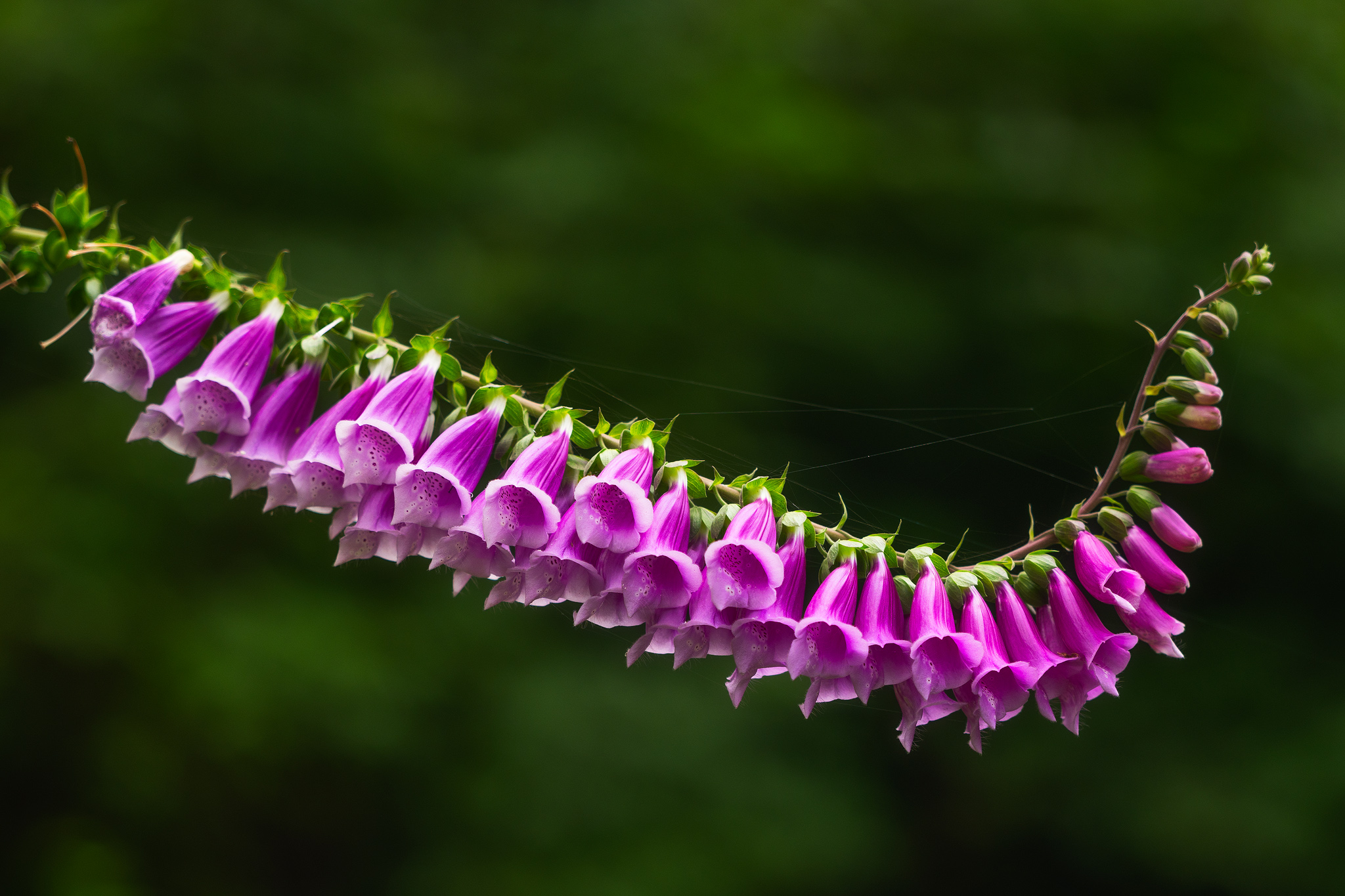
Key features of the new 28-105mm:
- for Sony E-mount and L-Mount
- Art line image quality
- F2.8 through the entire range
- Razor sharp
- Fast autofocus thanks to the HLA linear motor (great for wildlife)
- Versatile focal range
- Manual aperture ring w/ auto setting
- Can switch between smooth and clicked when changing aperture
- Weather sealed construction
- Auto/Manual focus switch
- Fits nicely in my hands for easy handheld use

Equipment used alongside this lens in the field:
- SIGMA fp L mirrorless camera (61MP)
- Panasonic Lumix S5 II mirrorless camera (24.2MP)
- Robus Tripod & Ballhead
- Lexar Professional SD media cards
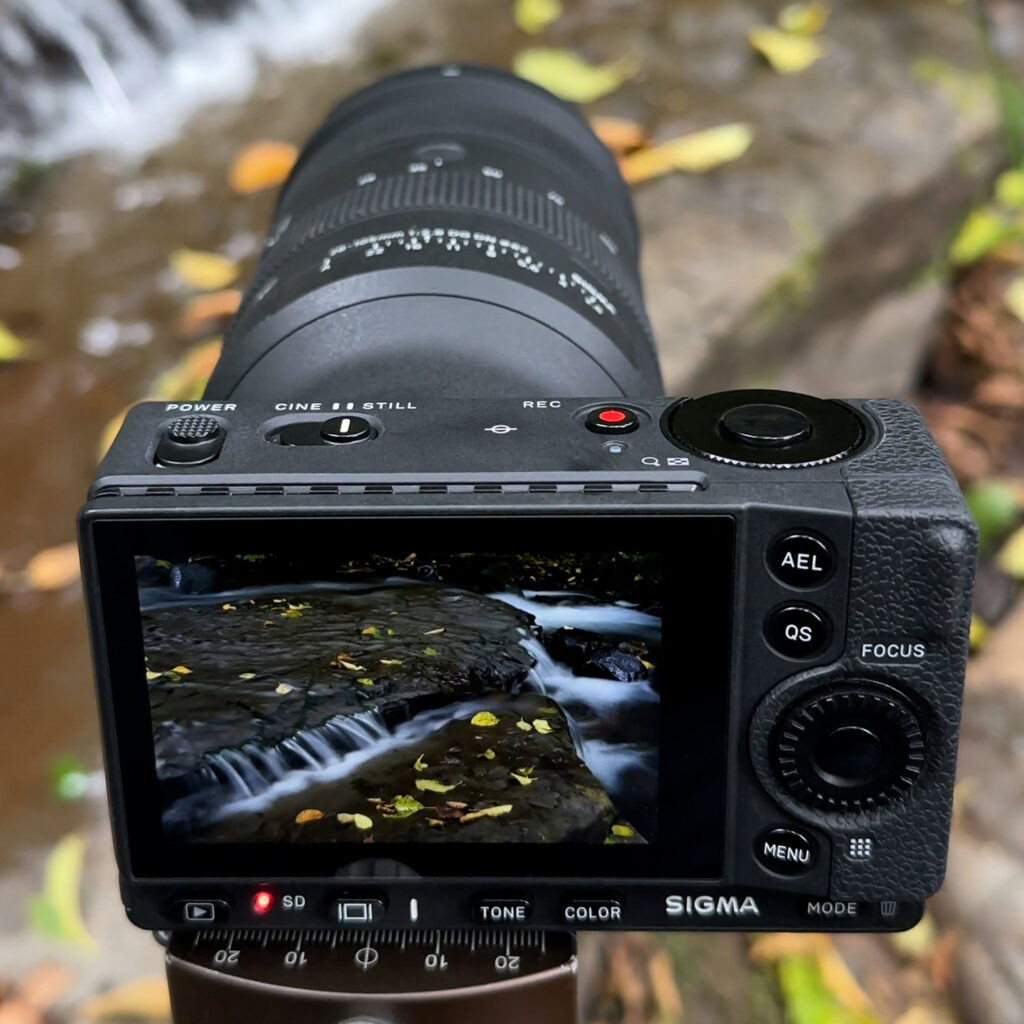
First impressions of the SIGMA 28-105mm F2.8 DG DN | Art

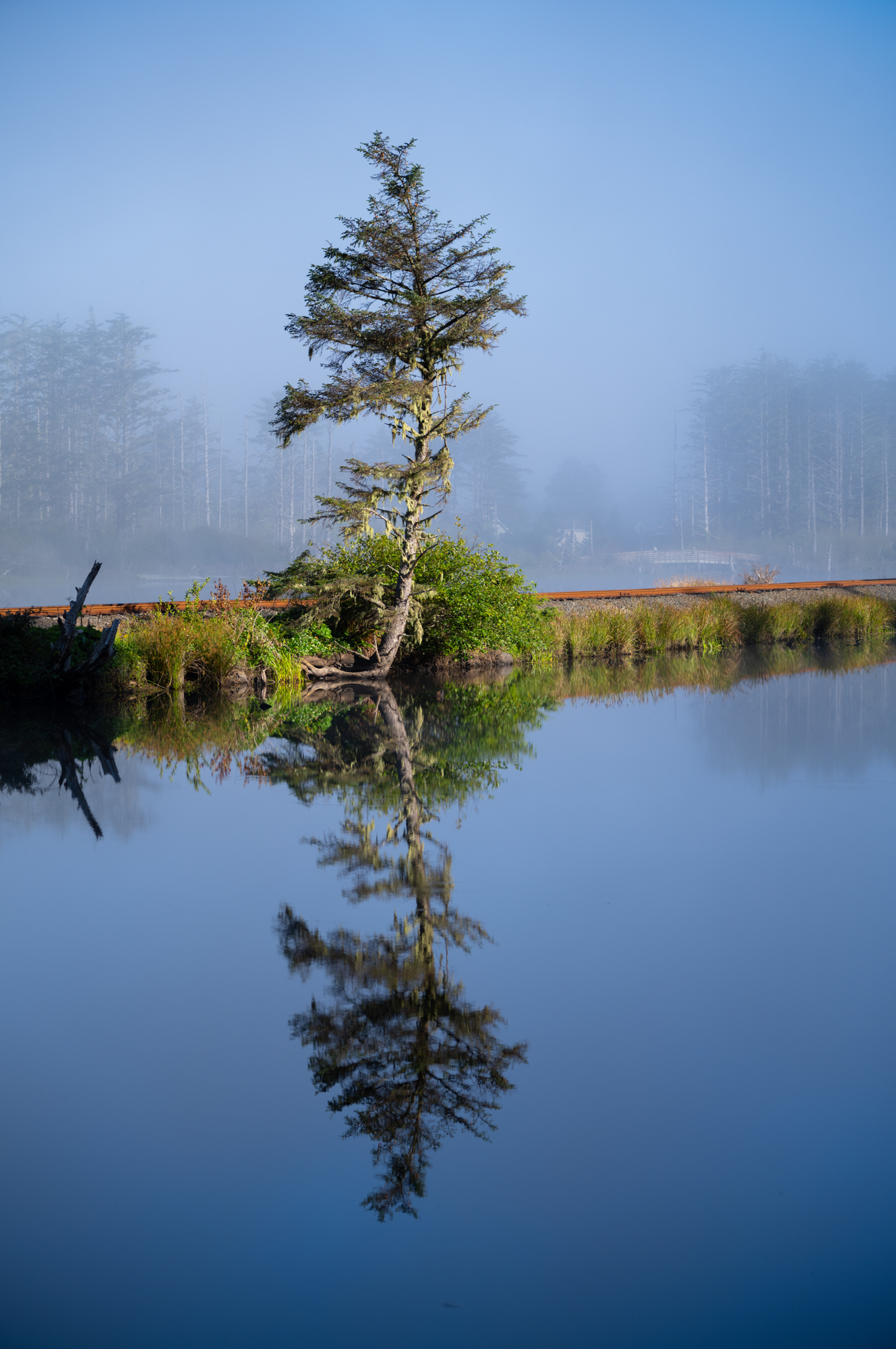
Upon opening the box, I could see the SIGMA Art build quality I’ve come to love over the years. Now it was time to charge the cameras and put this lens to the test. For general landscape work, this lens hits it out of the park in terms of versatility, sharpness, great color and contrast right out of the camera. Being used to the 24mm focal length on my 24-105mm F4 lens, I had to wonder if the 4mm shorter difference would matter. I can honestly say that I never found myself in a situation where I wasn’t able to get the shot I wanted.
Being on the Oregon Coast for most of my time with this lens gave me ample opportunity to try it out in all kinds of lighting & atmospheric conditions. What a treat it was.

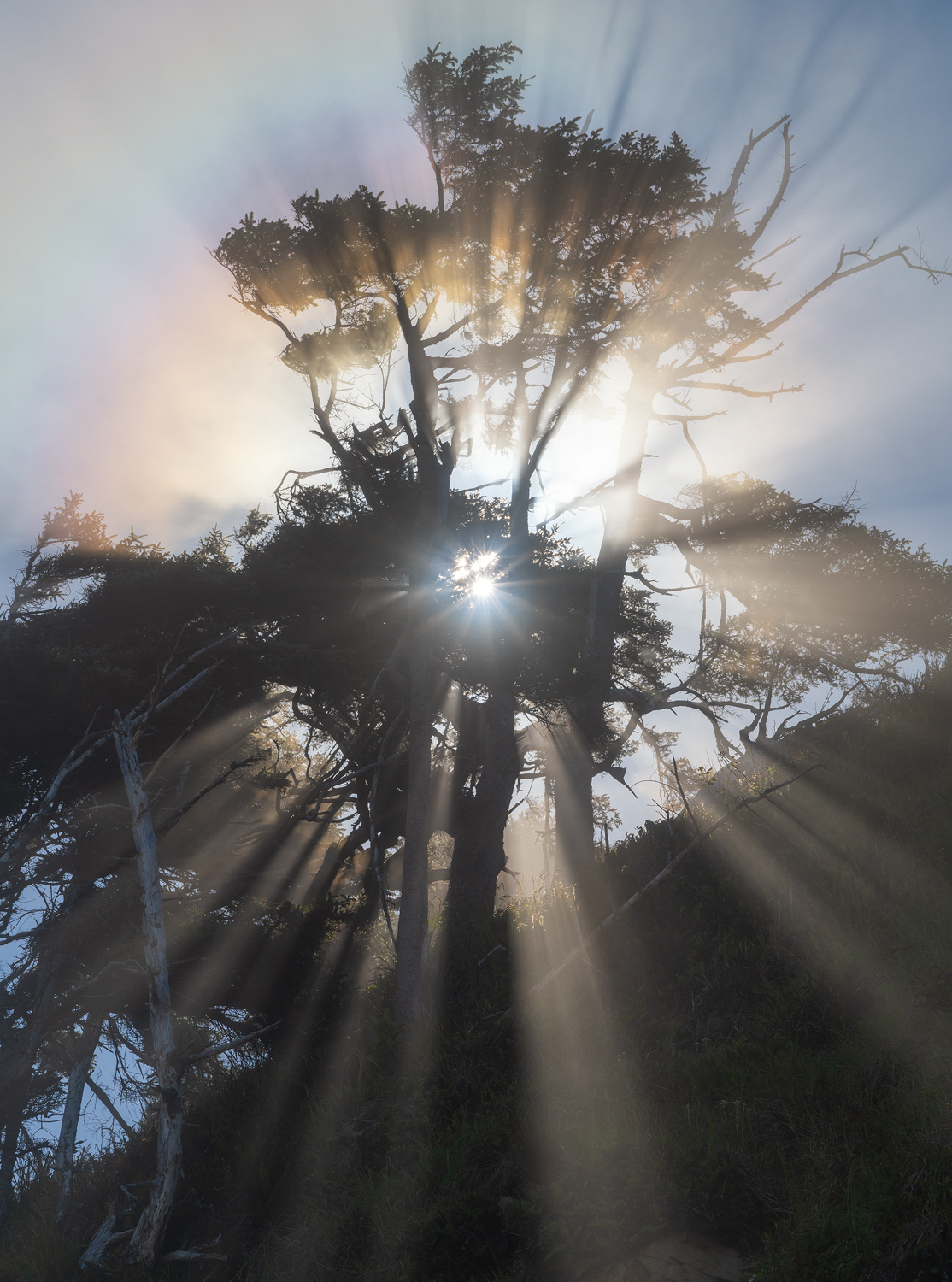
Close focusing performance
One thing that impressed me right away was the close focusing performance, with a very close working distance of about 6 inches at 28mm, and roughly 8-9 inches at 105mm. (Editor’s Note: The minimum focusing distance – from the image sensor to the subject – is 15.8 inches / 40cm throughout the entire focal range.) With close focusing comes a beautiful bokeh when shooting wide open.
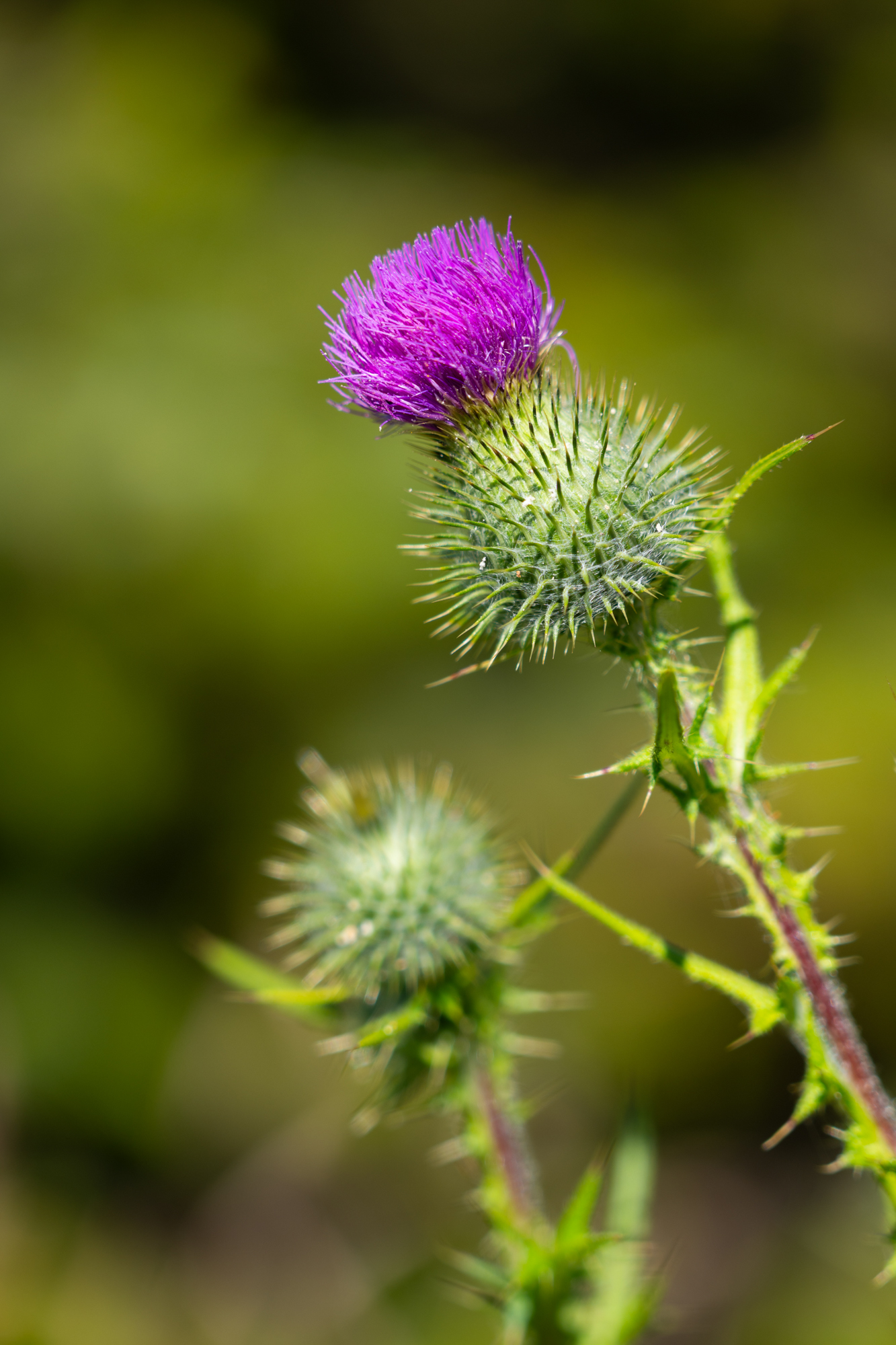
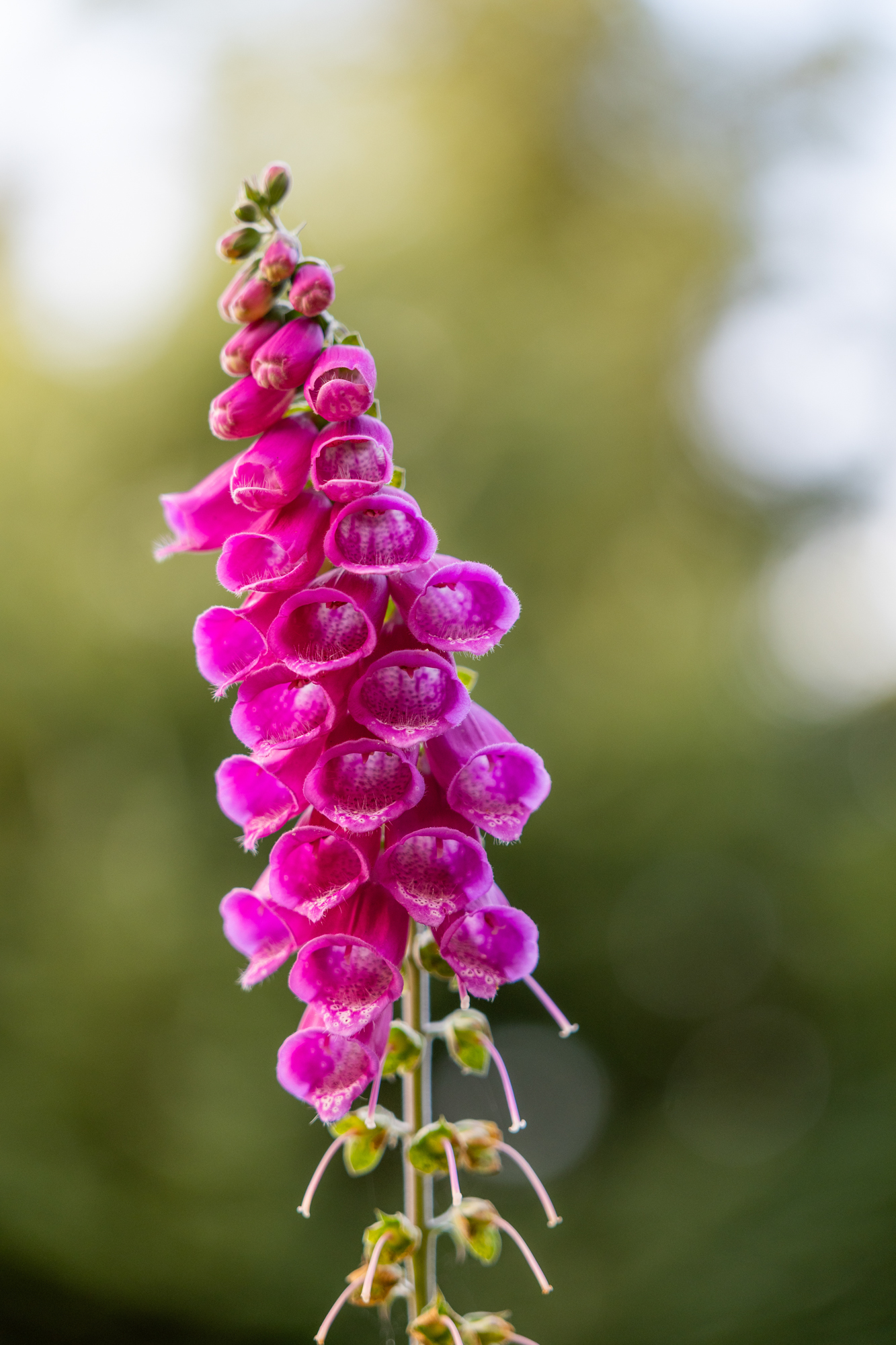
Shooting close up at F2.8, the SIGMA 28-105mm F2.8 DG DN | Art lens gives you a very thin focal plane. I used this sand dollar to test it out. I got down on the sand, and placed the sand dollar upright so that it would all be in focus. This image shows you exactly where the focal plane is at 105mm, as well as the fine details of the subject.

Landscape and nature photography
General landscape work with the 28-105mm F2.8 DG DN | Art lens is a breeze. From the versatile focal range/f-stop combo, to the weather sealed construction, shooting in various conditions keeps your focus on your photography and not worrying about your gear. While in Oregon, I was around water almost the entire time while shooting the lens.
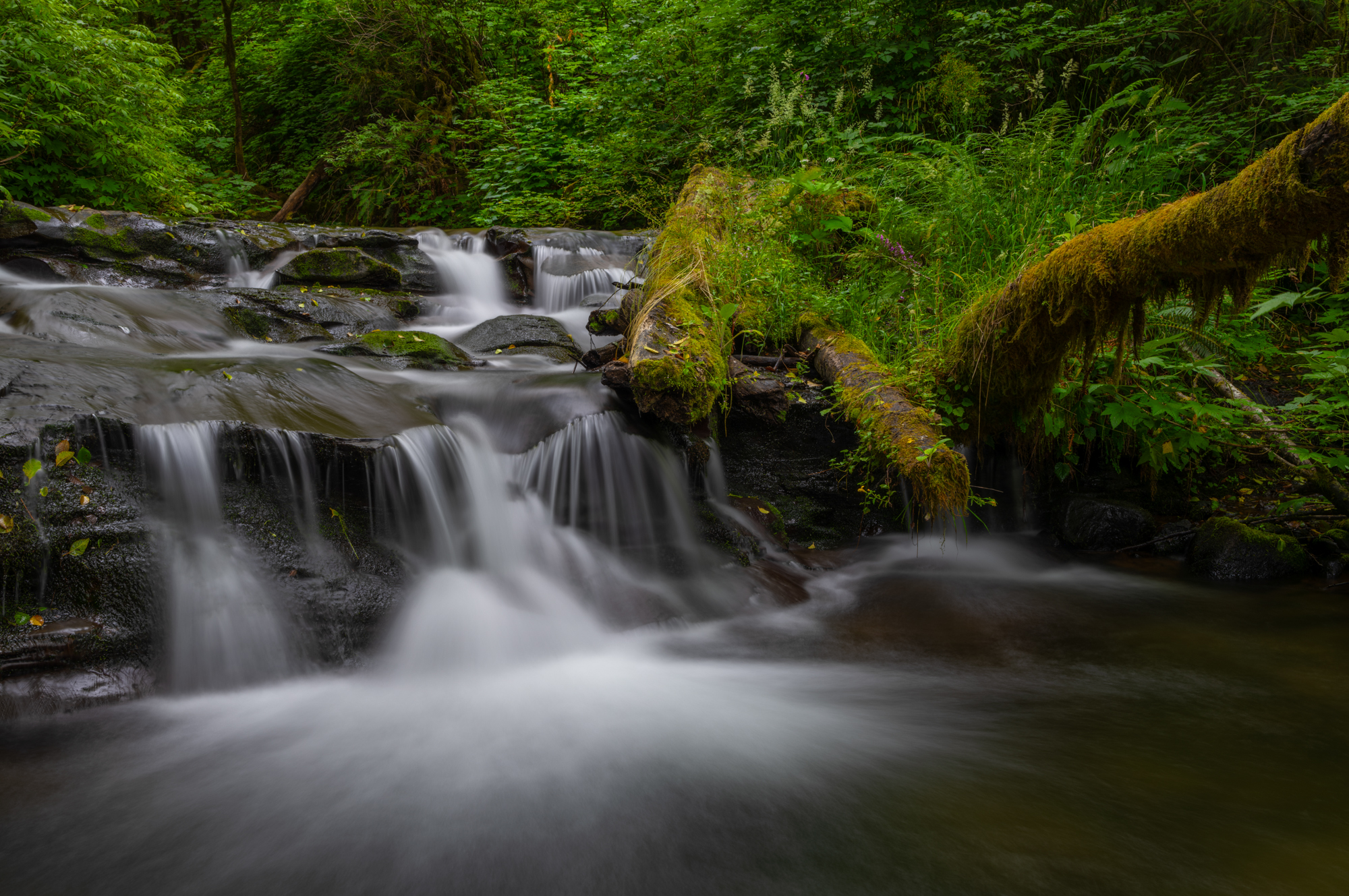
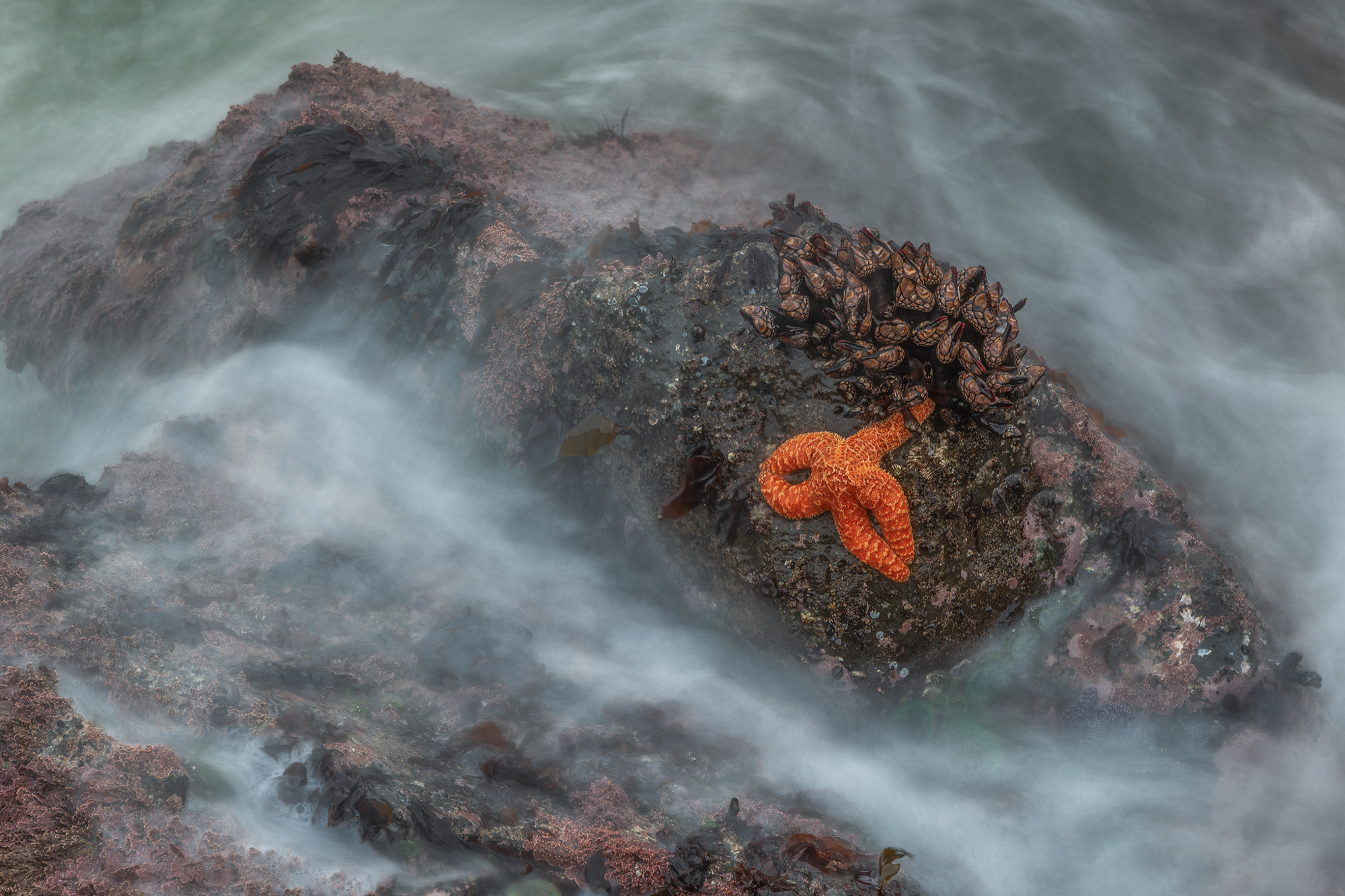
Autofocus performance
Another outstanding feature of this lens was how fast and accurate it focused. I’m not a wildlife photographer by any means, but that doesn’t mean I wont take a shot when the opportunity presents itself.
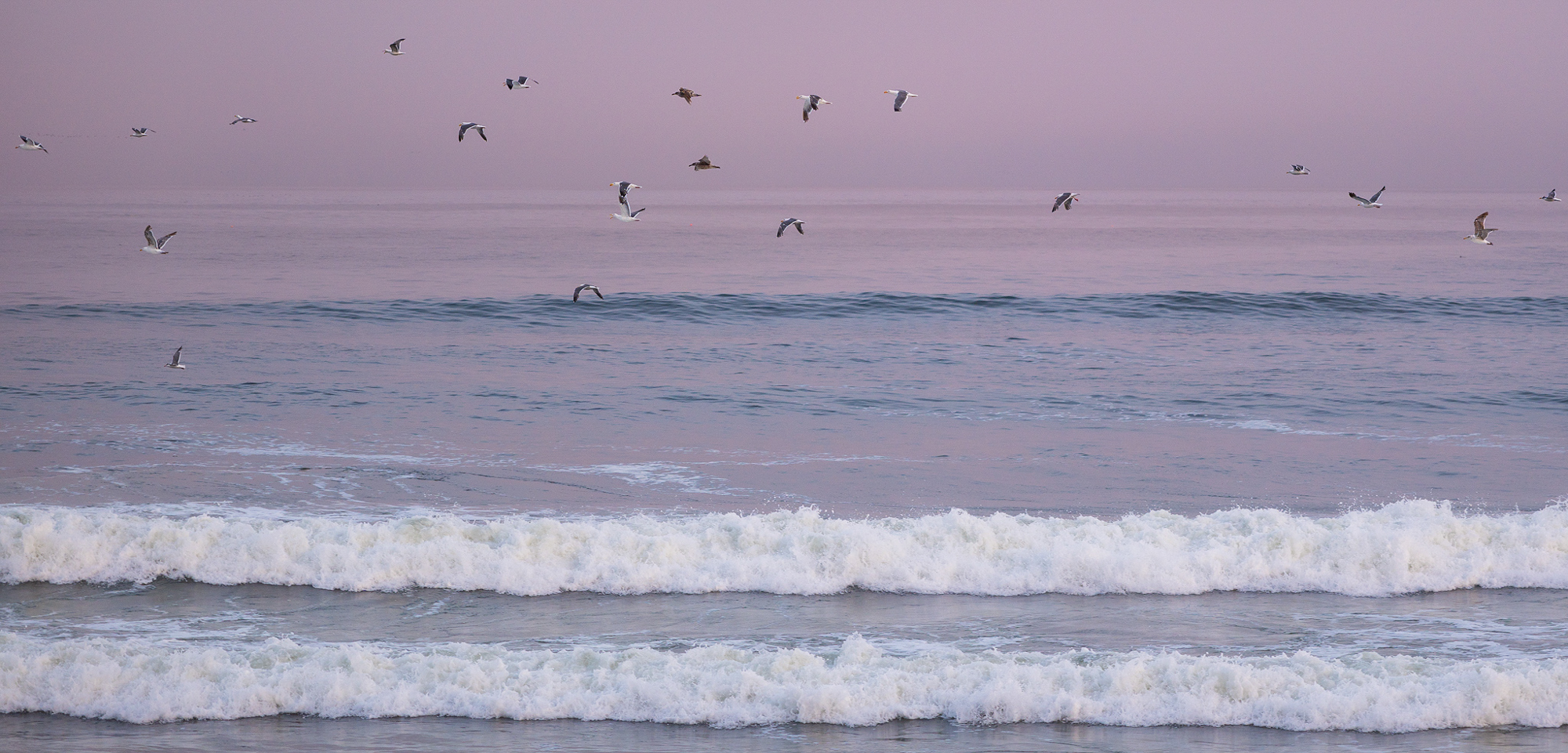
One morning, just as the sun was rising, I noticed a flock of gulls flying over the ocean. I literally held up the camera, pressed the focus button and shot this image in probably less than a second. When I got home to look at the images I could not believe how sharp this image was. I figured it would have been blurred by how fast they were moving but the SIGMA 28-105mm F2.8 DG DN | Art did a fantastic job of locking focus almost instantly to allow me to capture this moment.
Small aperture performance for scene depth
Sunrise along the Oregon Coast along one of my favorite stretches of beach. I found the contrasting light/dark scene to be easily handled by the camera and lens. The wide 28mm focal length allowed me to frame the scene nicely with the rocks in the foreground. Using F16 I was able to capture sharpness, front to back, in a single shot.
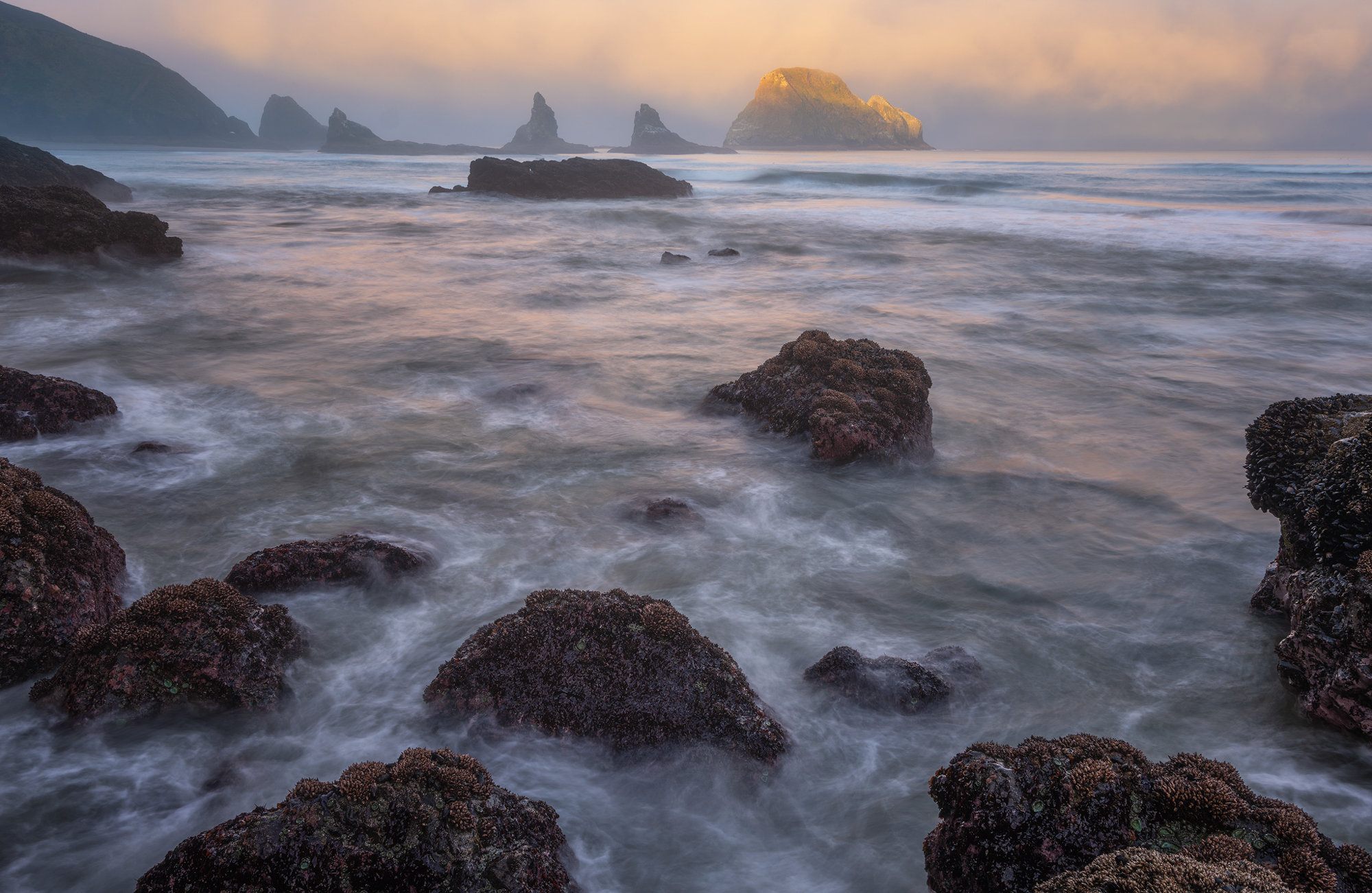
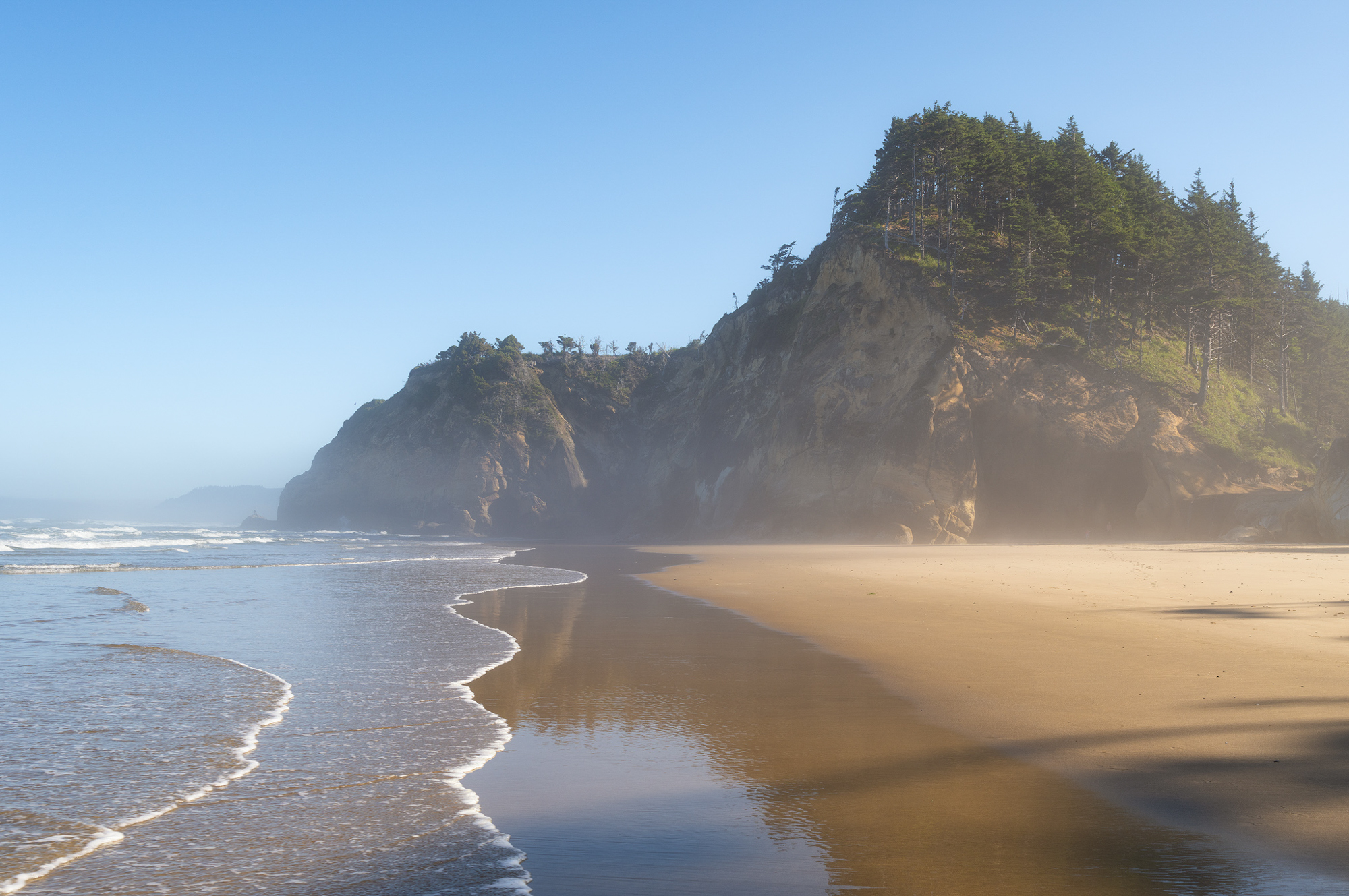
Good for wide-angle as well as close-ups, a smaller aperture like F16 also works well on the SIGMA 28-105mm F2.8 DG DN | Art when your subject is close and you’re using 105mm, as seen below with the starfish.
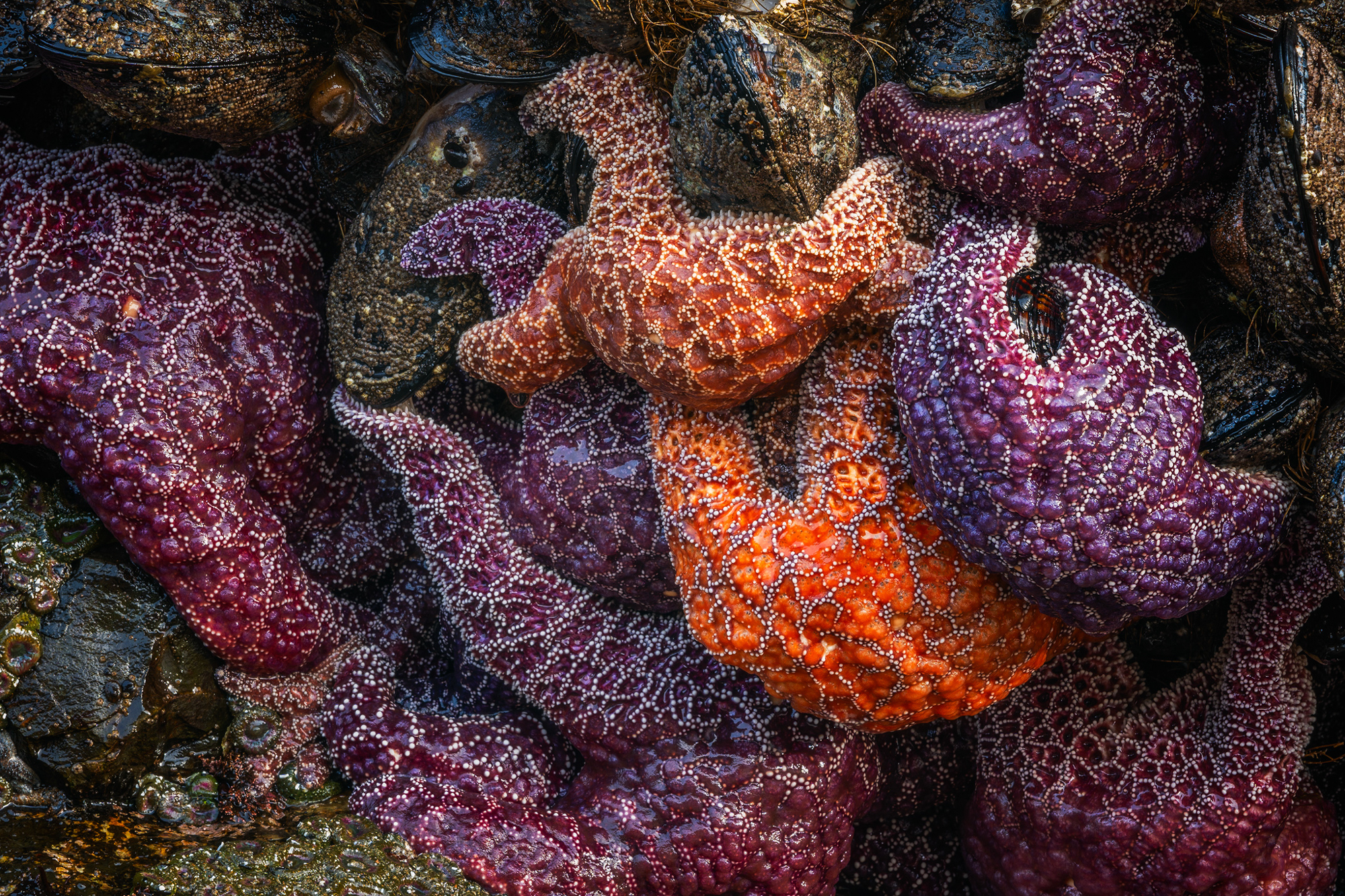
Astrophotography / night sky photography
Let’s jump into some astrophotography and see if this lens is up to the challenge.
For years, my favorite lens for capturing the Milky Way lens has been the 28mm F1.4 DG HSM | Art lens. I personally feel that 28mm is the perfect focal length to capture the Milky Way in relation to how our eyes see it. While not as bright as a prime lens, having a constant F2.8 on the SIGMA 28-105mm F2.8 DG DN | Art was something I was excited about in hopes that it would perform well at night. Did it meet my expectations? Let’s take a look.
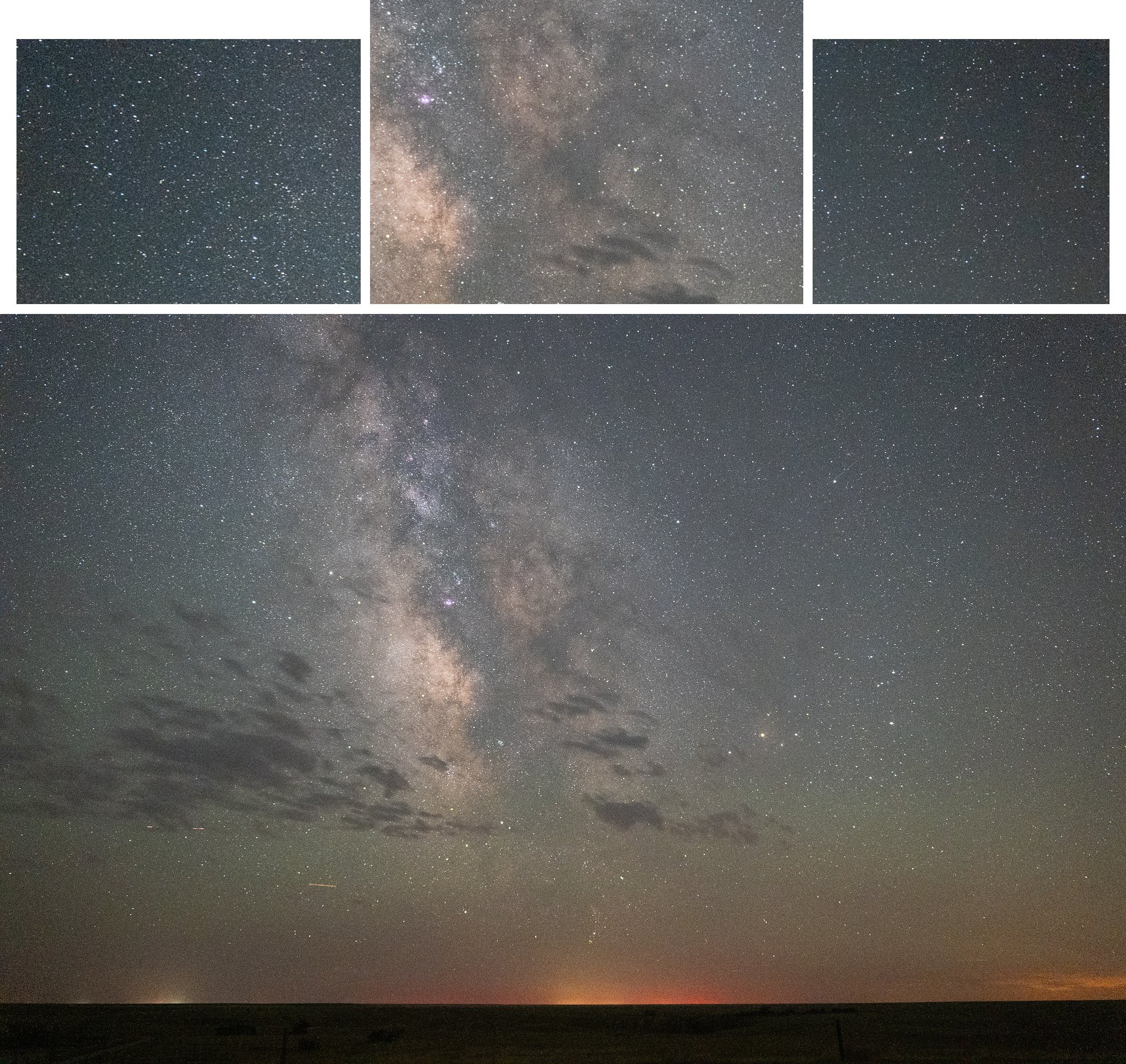
In the above image, I was looking for was something called “coma”. It will generally appear in the corner of images. In a night photo, you would see the stars stretched out, looking like flying saucers if there was any coma. Lower quality lenses such as “kit” lenses generally have some, to a lot of coma. As you can see here, the 3 images across the top are enlarged areas from the top left corner, center top, and top right corner. You can see that the image is tack sharp at F2.8, and none of the stars look stretched out. As an astrophotographer, this tells me that I don’t need to stop down my lens to eliminate the coma and I can, with confidence, shoot wide open to allow as much light in as possible. Anytime you’re testing a lens for astrophotography and you see results like this, it’s great news. The SIGMA 28-105mm F2.8 DG DN | Art lens can definitely be used for night sky photography.
Once I tested the quality of the 28-105mm and saw how well it performed, I knew I could go about my normal shooting techniques with this lens. After a quick blend in Photoshop, I was able to create a super high-quality image that could be printed very large (see below). I’ll be shooting more night sky stuff with this lens so please check back on my social media channels or blog to see more. Very pleased to say that, yes, this lens does work well for astrophotography.
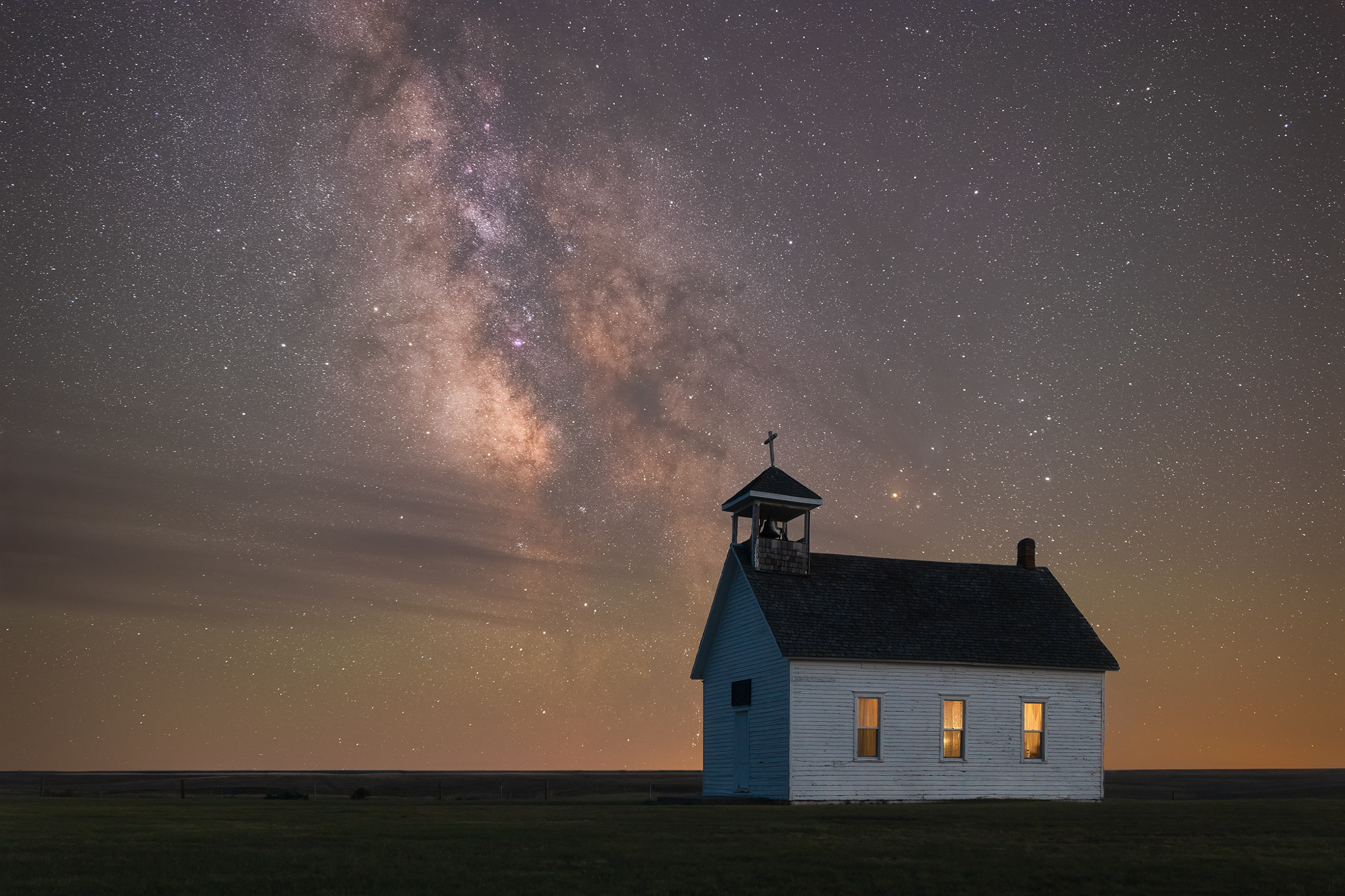
Perfect for portraits
The SIGMA 28-105mm F2.8 DG DN | Art does so well with both landscapes and astro, I had to try it with some portraits. Basically for this I just played with the subject-to-lens distance and varying focal lengths, all shot at F2.8.
Here you can see the varying DOF based on subject distance to lens. I was very happy with how smooth the bokeh was to help isolate the subject from the background. These images are minimally edited to allow the beauty of the lens to show in the images.
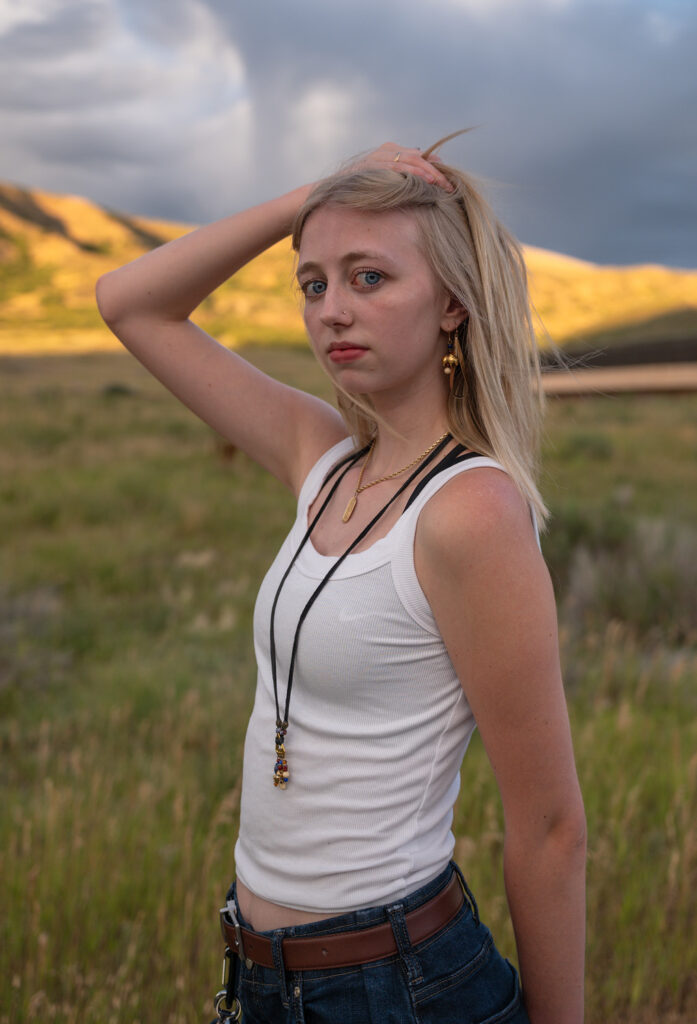
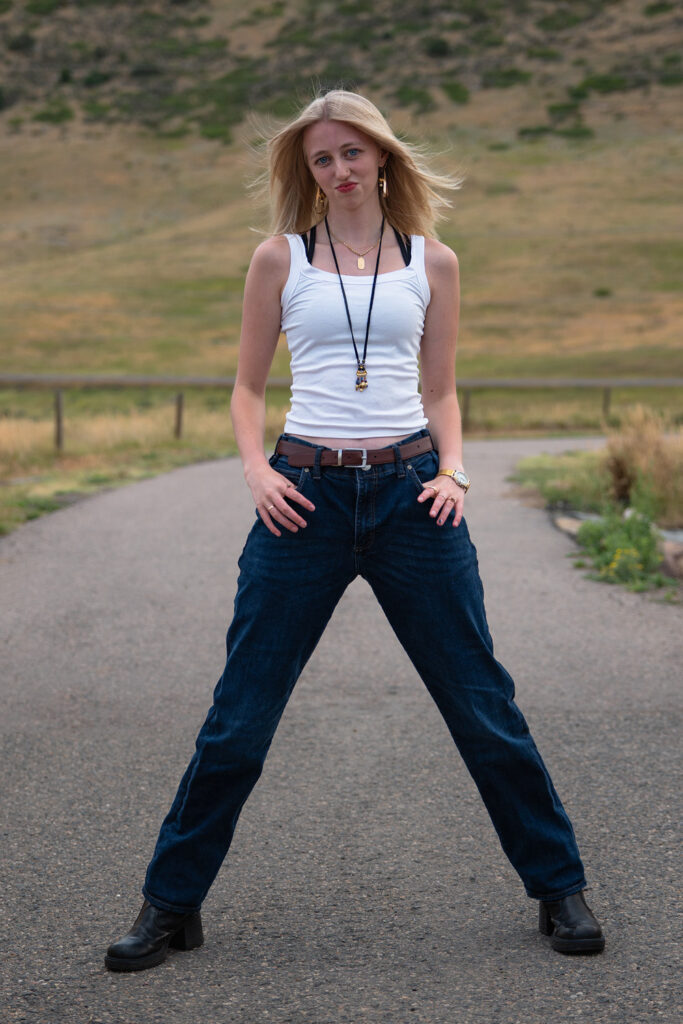



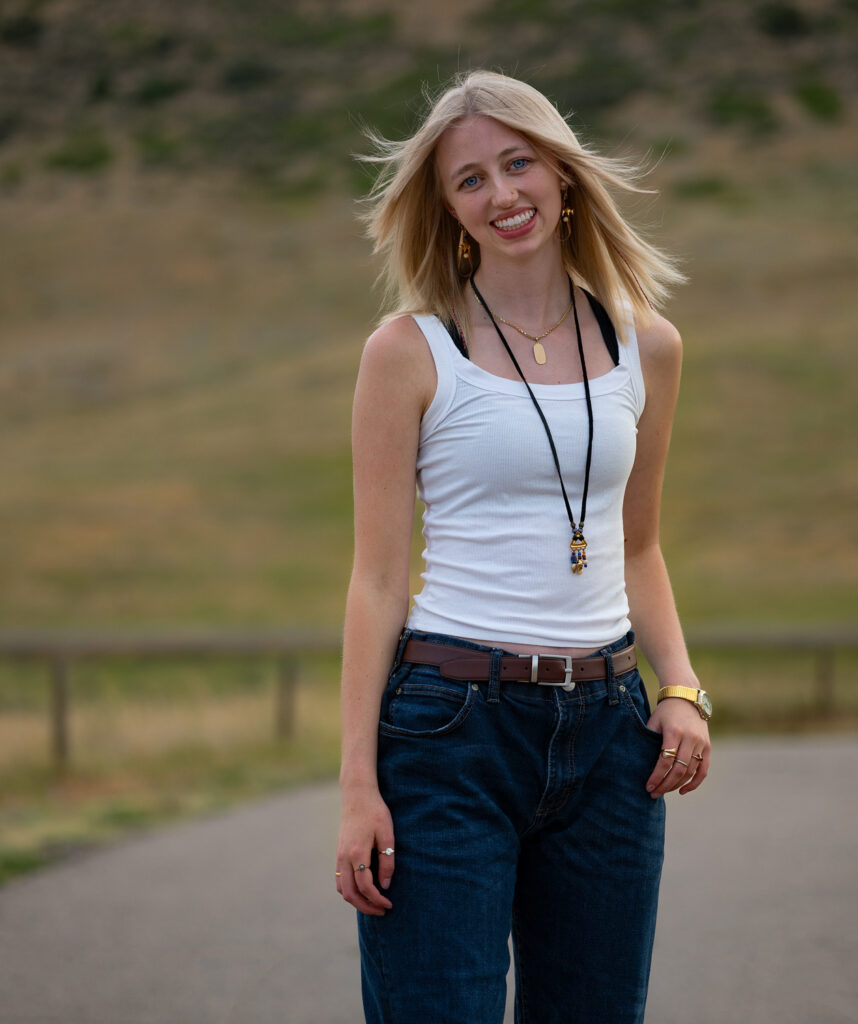

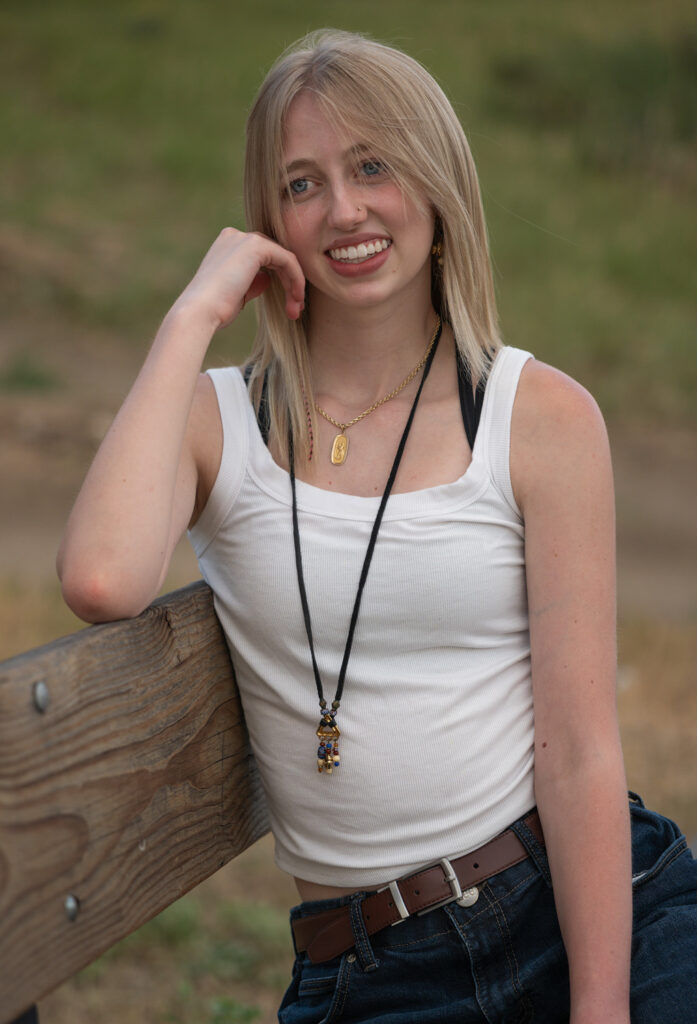
Comparison and conclusion
Comparing my 24-105mm F4 Art (made for DSLR) to the all-new SIGMA 28-105mm F2.8 DG DN | Art (made for full-frame mirrorless) I found that the 28-105mm 2.8 was 3 ounces heavier, but the benefits of F2.8 and much newer lens technology are worth far more than the 3 ounces in weight savings.

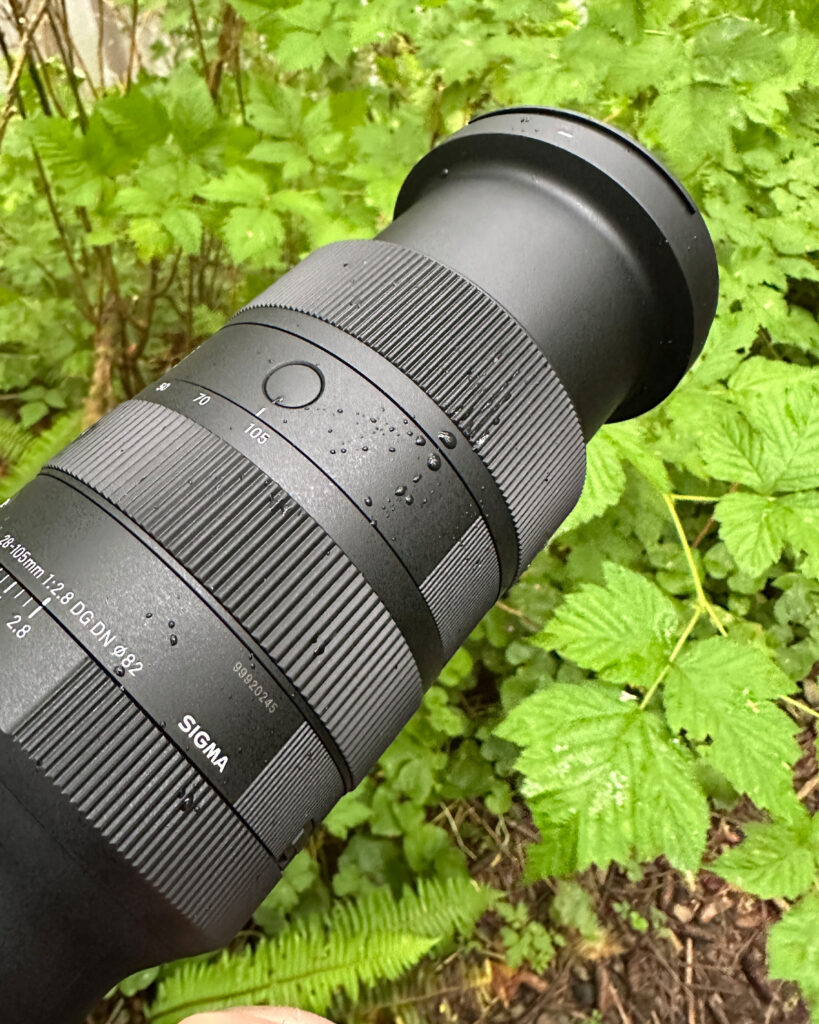


As a full-time professional landscape / night sky photographer, I can say the SIGMA 28-105mm F2.8 DG DN | Art lens performs at an exceptionally high level. No matter what scene I put in front of it, it exceeded my expectations. The F2.8 maximum aperture allows for a bit more creativity when working with depth of field. The lens is razor sharp like all Art line lenses, and it renders color and contrast beautifully even in RAW files, making your starting point for editing even easier.
This lens will breathe new life into any photographer’s bag of tricks.
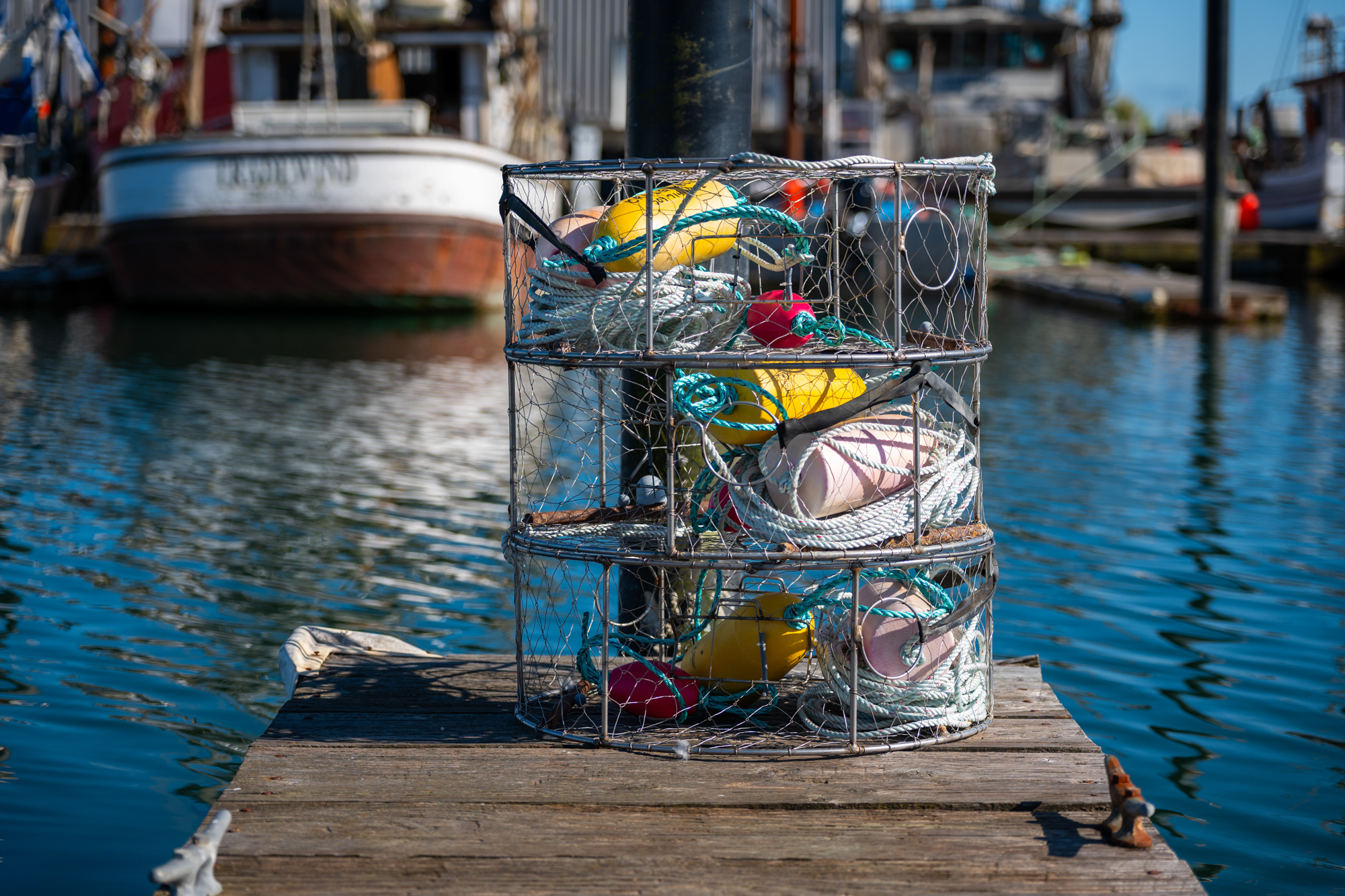
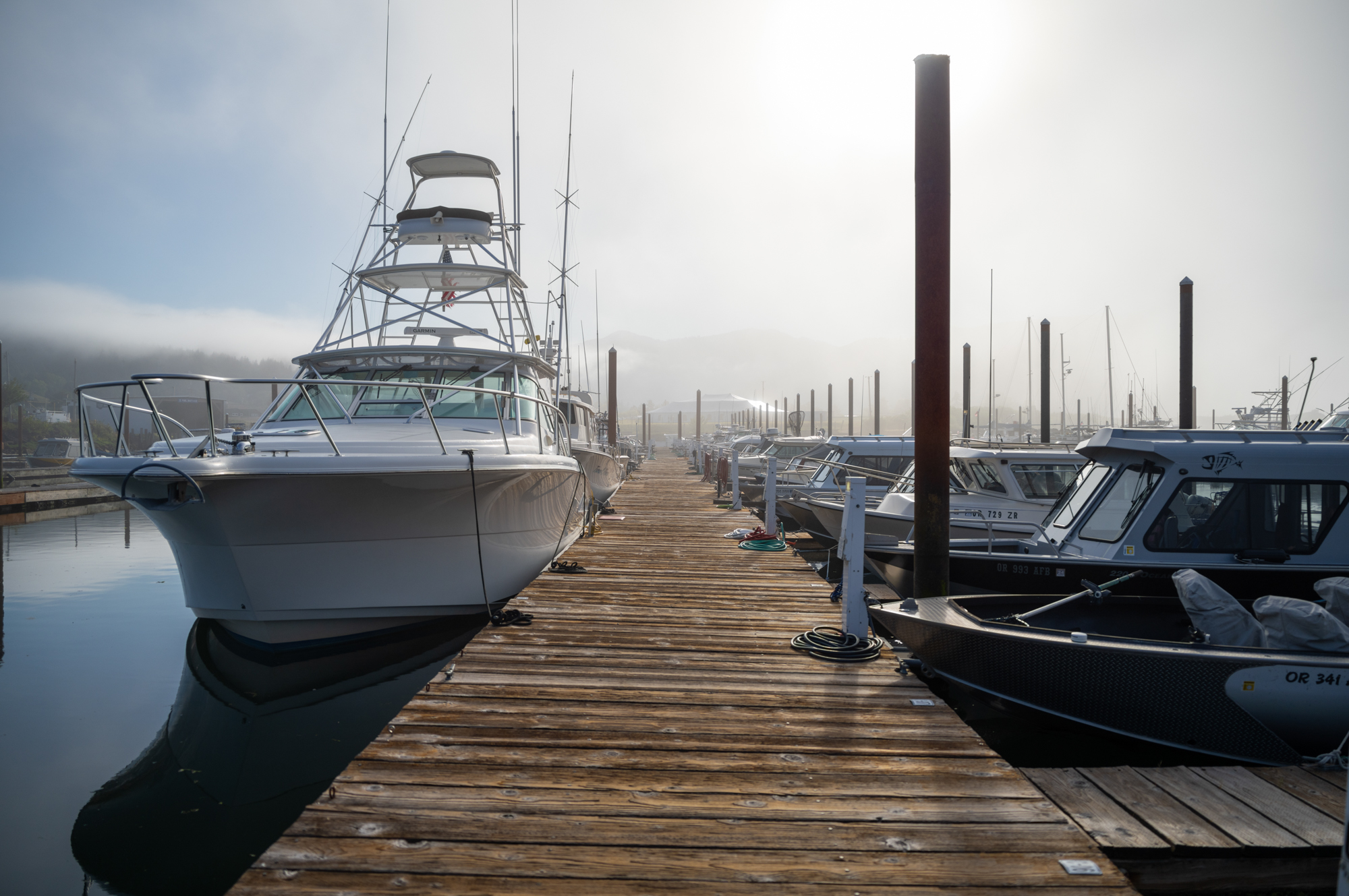
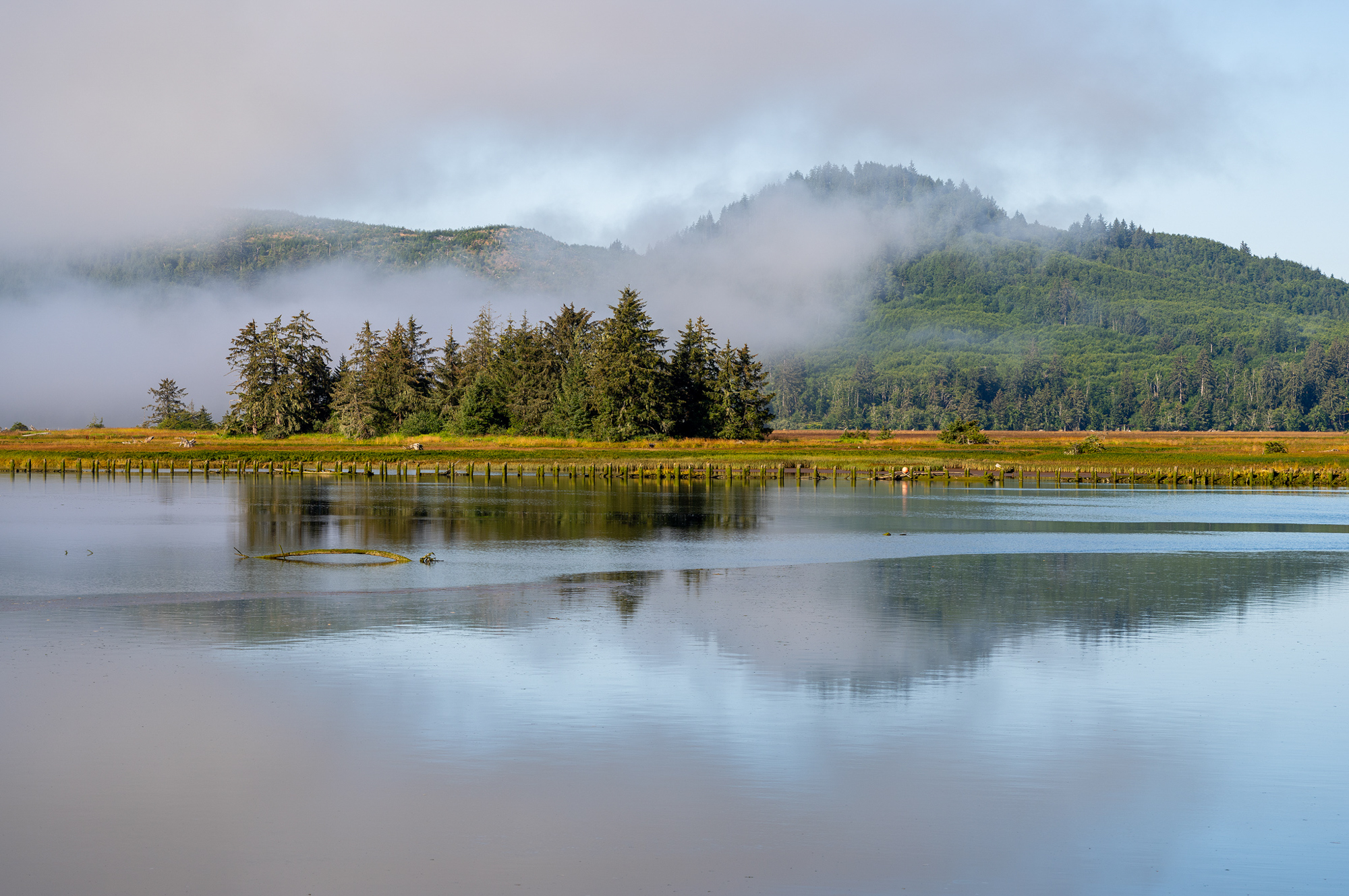
Whether you’re a seasoned pro, a weekend warrior or a casual clicker, this lens will elevate your images to a new level.
I’ve got a few more shoots planned with this lens, so please check out my blog for more images. Where do you think the SIGMA 28-105mm F2.8 DG DN | Art lens could benefit you the most? Could this be your new workhorse lens?
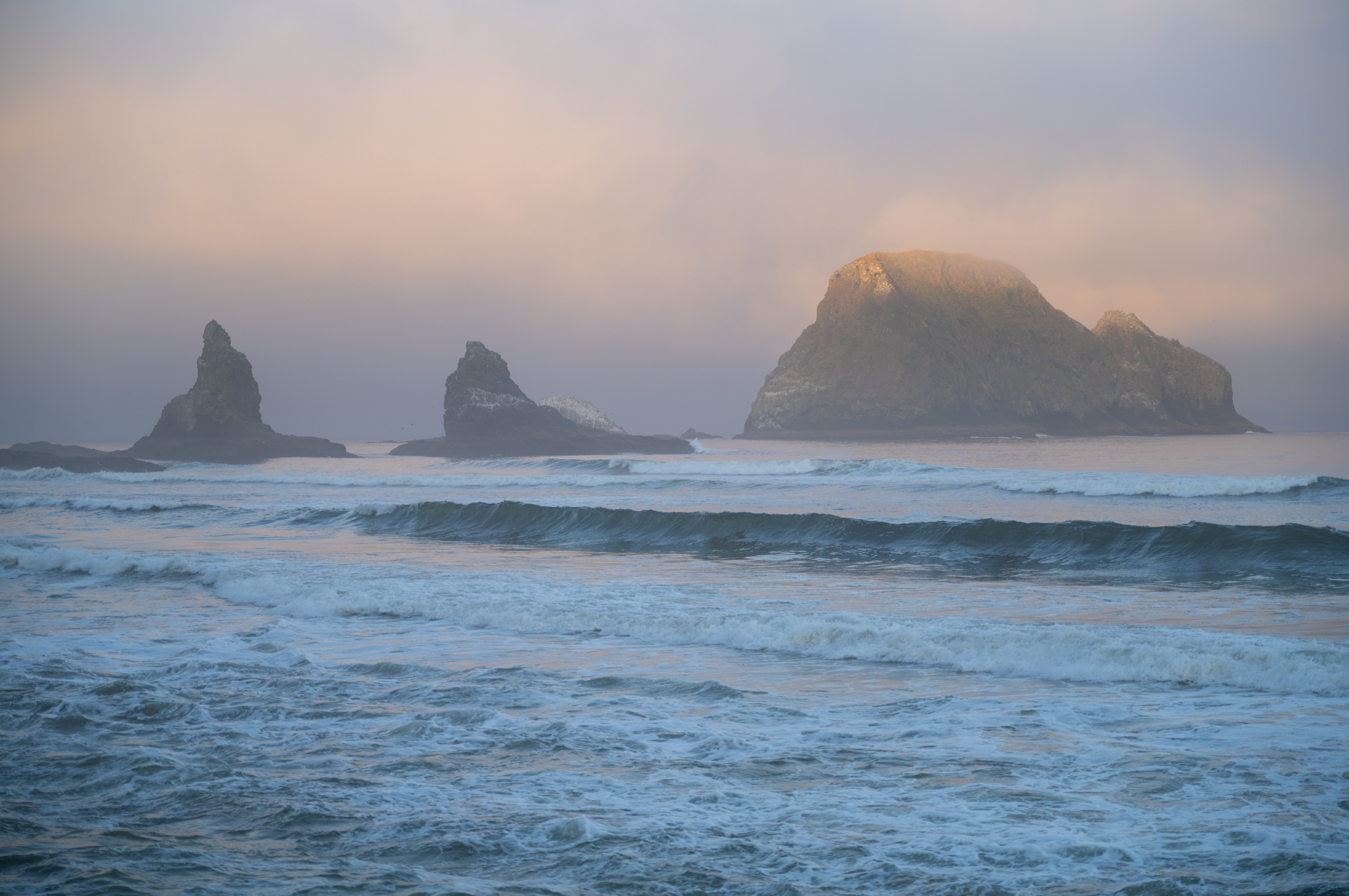
Pre-order yours at an authorized SIGMA dealer:
available for Sony E-mount and L-Mount cameras

